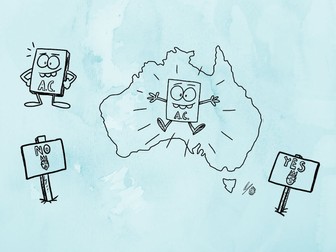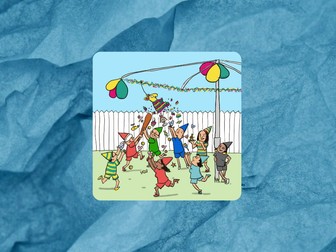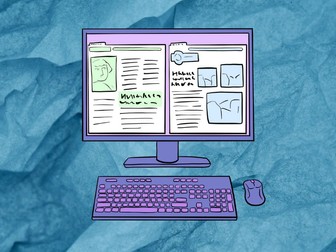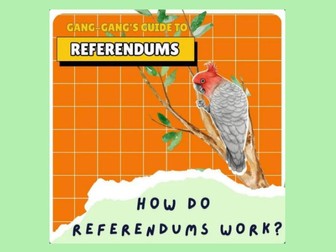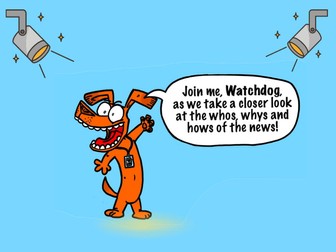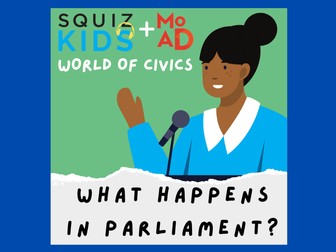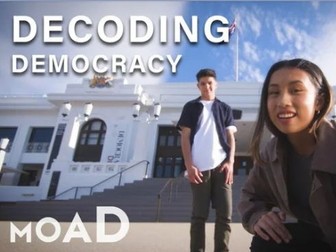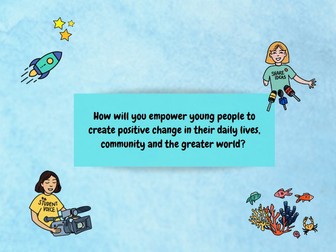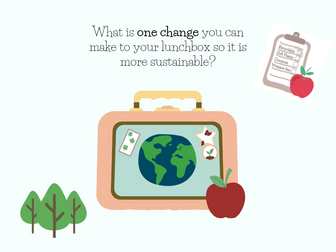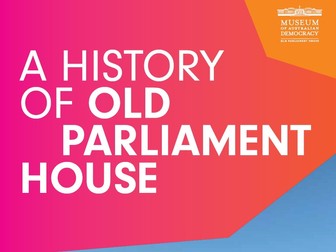Getting It Together: From Colonies to Federation - The National Story
‘Getting It Together: From Colonies to Federation’ is a middle years resource provided by the Museum of Australian Democracy. This extensive resource examines Australia’s journey to federation using historical sources such as newspaper extracts, cartoons, speeches and biographies.
Students can use ‘Getting It Together’ to actively discover and explore the story of Federation – the social and political journey that led the people of six separate colonies to agree on a Constitution, which brought the nation of Australia and its Federal Parliament into being in 1901. While investigating the past, students are also engaged with issues affecting Australia’s development and identity today and into the future.
‘Getting it Together’ is organised into seven packages each containing a series of activities for students to explore in the classroom. This package, ‘The National Story,’ brings all of the colonial stories together.
Other packages focus on New South Wales, South Australia, Tasmania, Victoria, Western Australia and Queensland. These are available on the MoAD Learning Resources page here: https://www.moadoph.gov.au/learning/classroom-resources/getting-it-together-from-colonies-to-federation/
Each package is divided into three themes:
People and Places: explores the way of life in each colony prior to Federation.
Road to Federation: examines the political issues debated by colonial parliaments in deciding whether or not to join in Federation.
Celebrations and Futures: looks at the way Federation was celebrated in 1901 and its continuing importance today.
